OPPADAK Myeong-dong2jungang(오븐에빠진닭 명동2중앙)
795.5M 2020-11-26
20 Myeongdong 10-gil Jung-gu Seoul
+82-2-2292-5892
This is a house where you can eat oven-baked chicken. This restaurant's signature menu is fried chicken. This Korean dishes restaurant is located in Jung-gu, Seoul.
ABC-Mart - Myeong-dong 3(sam)beon-ga [Tax Refund Shop] (ABC마트 ST명동3번가)
795.9M 2024-04-17
41, Myeongdong 10-gil, Jung-gu, Seoul
-
Nolbu Budaejjigae Myeongdong (놀부부대찌개 명동)
796.2M 2024-03-11
16-1, Myeongdong, 10-gil, Jung-gu, Seoul
+82-2-3789-0110
Situated in Myeongdong, Nolbu Budaejjigae in Myeongdong is exclusively dedicated to budae jjigae (sausage jjigae). Budae jjigae is a typical Korean fusion food consisting of ham, sausage, kimchi, extra instant noodles, tiny rice cakes, glass noodles, and spicy seasonings. They use selected ham and sausage in a bone broth, and fresh noodles that are not fried, giving the dish a light and refreshing flavor. Patrons have the option to spicy stir-fried small intestine and shrimp hot pot. The seasoned spicy stir-fried webfoot octopus or spicy stir-fried chicken cooked on an iron plate is also a must-try.
Geumgang Seokkeo Jjigae (금강섞어찌개)
797.3M 2021-03-18
20-8, Myeongdong, 7ga-gil, Jung-gu, Seoul
+82-2-779-3610
This is a Korean cuisine located in Myeong-dong, Seoul. The representative menu is meat stew with various vegetables. A third-generation family restaurant.
PAIK's NOODLE Myeongdong (홍콩반점0410(명동점))
797.4M 2024-03-08
13, Myeongdong 10-gil, Jung-gu, Seoul
02-778-0410
Located in Myeongdong Street, PAIK's NOODLE is a Chinese restaurant that serves Korean-style Chinese cuisine. The price is affordable so that both Koreans and foreigners can easily enjoy chinese dishes. The restaurant focus on jjajang myeon (black bean sauce noodles) and jjamppong (Spicy seafood noodle soup). It's a great place to grab a bite to eat when you're hungry while sightseeing in Myeongdong.
Deoksugung Stone Wall Path (덕수궁 돌담길)
798.1M 2025-01-10
24 Sejong-daero 19-gil, Jung-gu, Seoul
The Deoksugung Stone Wall Path runs along the wall of Deoksugung Palace. It is beautifully lit and landscaped, giving it a romantic atmosphere even at night. There are street performances and flea markets, and the area boasts many famous cafes and restaurants along Jeongdong street. In autumn, the ginkgo trees and walls form a stunning scene. Close to major cultural facilities such as the Seoul Museum of Art and Seoul Museum of History, it attracts numerous visitors come for a stroll.
Innisfree - Myeong-dong 2(i)-ga Branch [Tax Refund Shop] (이니스프리 명동2가점)
800.8M 2024-04-22
1F, 2F (Myeongdong 2-ga), 27, Myeongdong 10-gil, Jung-gu, Seoul
-
Sikdang Jin (식당진)
803.4M 2021-03-29
5, Toegye-ro 22-gil, Jung-gu, Seoul
+82-2-755-7558
This is a Japanese home-style cuisine restaurant. The best menu at this restaurant is katsudon. This Japanese (cuisine) restaurant is located in Jung-gu, Seoul.
Deoksugung Palace (덕수궁)
804.2M 2025-06-25
99 Sejong-daero, Jung-gu, Seoul
Registered as a Historic Site, Deoksugung Palace was initially not a royal palace, but the residential home of Grand Prince Wolsan (1454-1488), the older brother of King Seongjong (1469-1494) of the Joseon dynasty. It wasn't until 1593 that the palace was used as a temporary palace of the royal family after their home was burned down during the Imjin War. King Seonjo also stayed at Deoksugung Palace after returning to the city. It became a proper palace when Gwanghaegun (1575-1641) ascended to the throne and gave this royal residence the name Gyeongungung Palace in 1611. Over the following decades, the palace alternated between being an official palace and a temporary residence. The name did not change officially to Deoksugung Palace, meaning the “palace of virtuous longevity,” until 1907. While the palace once encompassed a vast area with many buildings, the current palace grounds are just a small shadow of the prior splendor, with very few structures remaining.
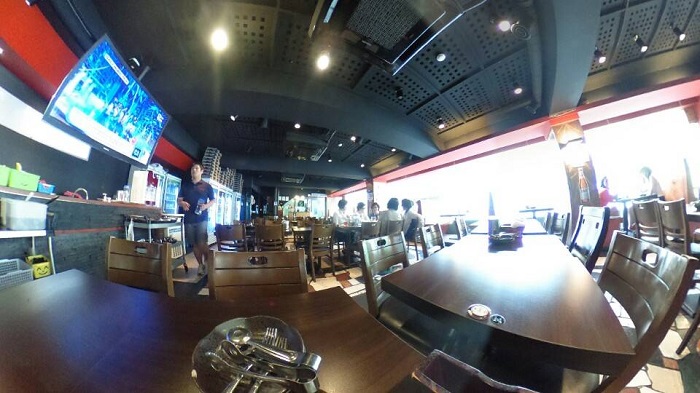
![ABC-Mart - Myeong-dong 3(sam)beon-ga [Tax Refund Shop] (ABC마트 ST명동3번가)](http://tong.visitkorea.or.kr/cms/resource/50/2878650_image2_1.jpg)
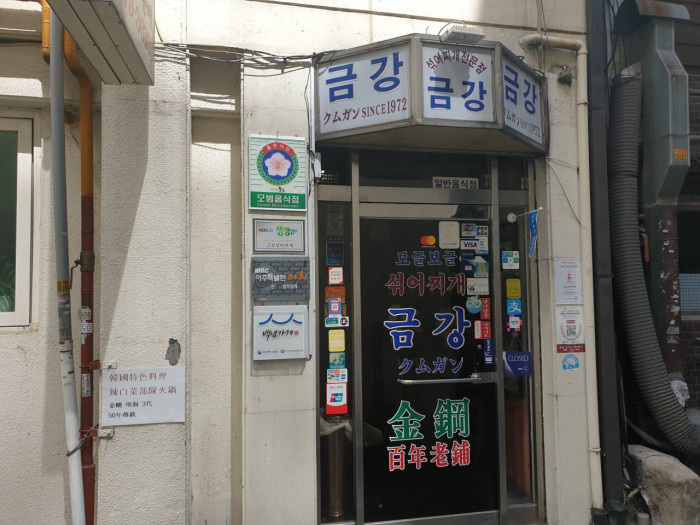

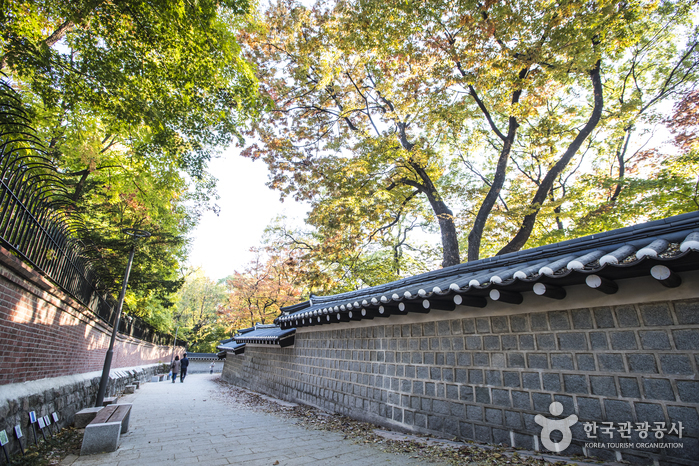
![Innisfree - Myeong-dong 2(i)-ga Branch [Tax Refund Shop] (이니스프리 명동2가점)](http://tong.visitkorea.or.kr/cms/resource/70/2887870_image2_1.jpg)
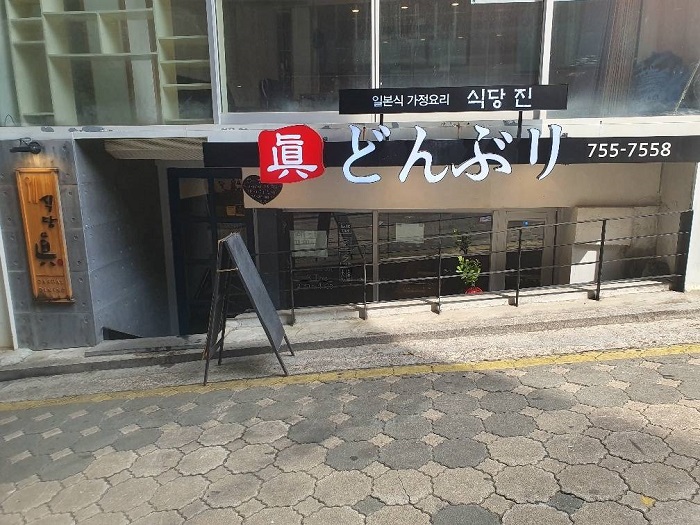
![Ai Pharmacy [Tax Refund Shop] (아이약국)](http://tong.visitkorea.or.kr/cms/resource/98/3313898_image2_1.jpg)
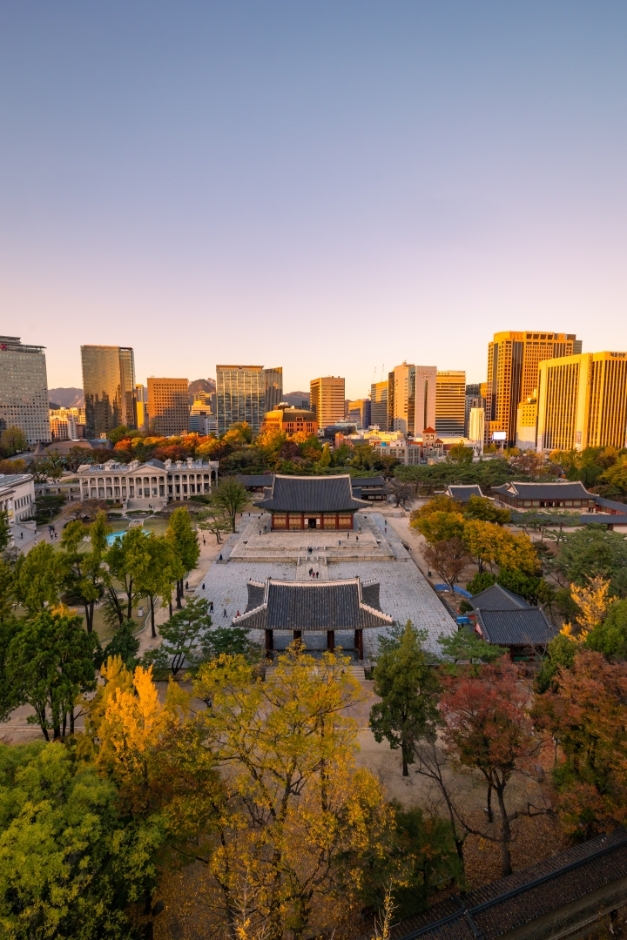
 English
English
 한국어
한국어 日本語
日本語 中文(简体)
中文(简体) Deutsch
Deutsch Français
Français Español
Español Русский
Русский